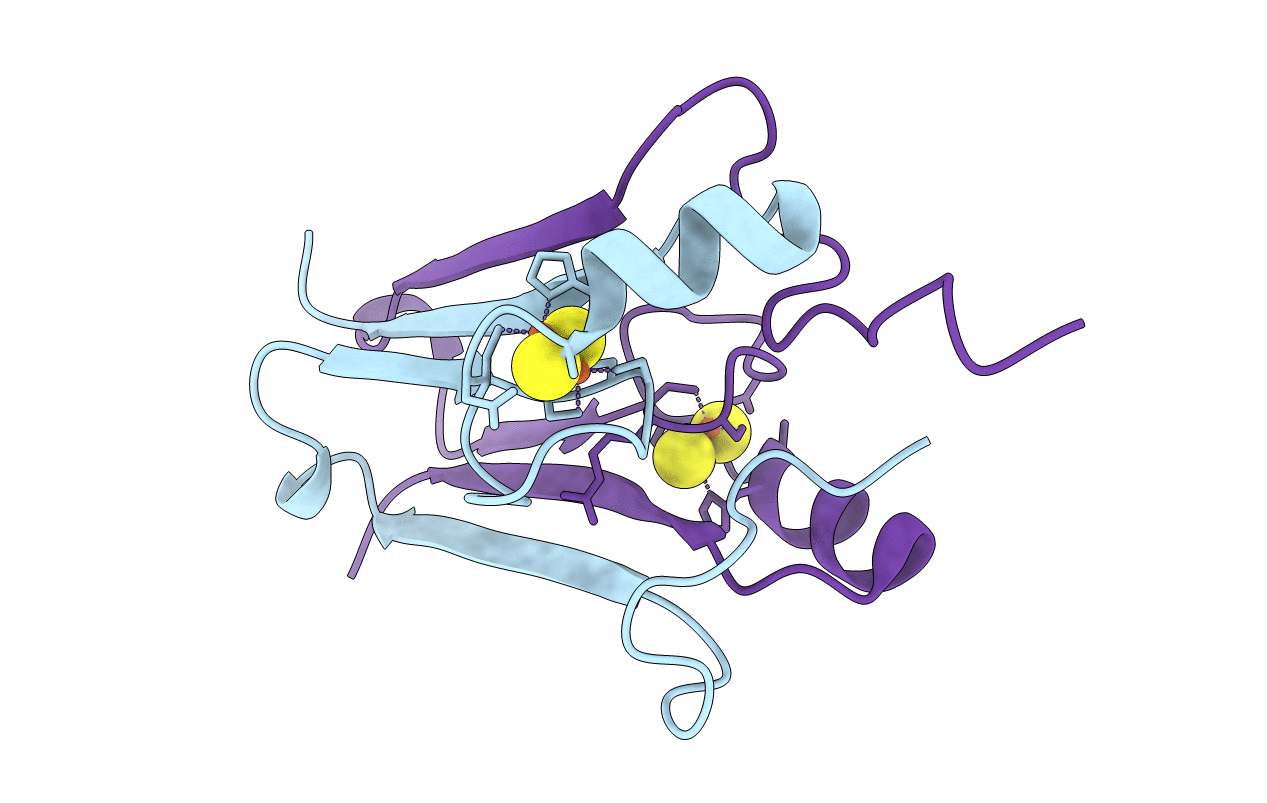
Deposition Date
2007-06-20
Release Date
2007-08-28
Last Version Date
2024-02-21
Method Details:
Experimental Method:
Resolution:
1.81 Å
R-Value Free:
0.19
R-Value Work:
0.16
R-Value Observed:
0.16
Space Group:
P 21 21 21


